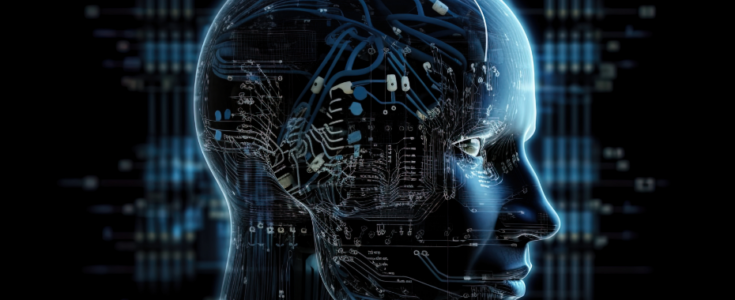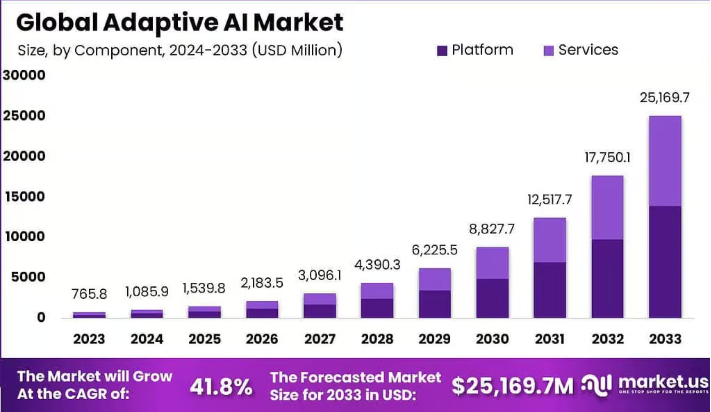How AI is affecting traditional development practices today
Last Updated On : 24 August, 2025

1. Intro: Traditional vs. AI‑Augmented Development
Software development used to be a solemn craft: painstaking requirement gathering, architecture, manual coding, testing, deployment, and maintenance. Think structured waterfall or iterative SDLC workflows. Today, AI is crashing that party—and not just as a guest—it’s rewriting the guest list. The traditional developer was the captain of the ship. Now, AI is the first mate—handling rote tasks, suggesting improvements, even generating code. It’s still our codebase, but AI is the muscle behind the magic.
2. Productivity Gains & Adoption Stats
Productivity jumps by 20–50% for dev teams using AI regularly. Here's what that looks like:

3. Where AI Slams into Legacy Developer Workflows
- Coding & Code Generation:
Tools like GitHub Co-pilot, Tab nine, and Code Whisperer suggest context-aware snippets, entire functions, architectural patterns—all from plain English or inline prompts. Even so-called vibe coding is emerging: LLMs write your prototypes while you vibe‑guide them through natural language—the programmer becomes curator more than coder.
- Testing & QA:
AI now generates test cases, identifies vulnerabilities, and even self‑heals UI tests when things change. Results? Up to 60% fewer defects, faster regression cycles, clearer production pipelines. CI/CD pipelines powered by AI flag risk, optimize deployment timings, and auto‑rollback on anomalies.
- Documentation & Design:
AI extracts and synthesizes requirements, drafts design docs, even suggests UI layouts off minimal prompts—streamlining requirement gathering and planning phases that used to drag forever.
- Maintenance & Technical Debt:
Predictive analytics now monitor performance, pre-empt failures, and detect technical debt hotspots before they blow up. Teams can address root causes, schedule refactors, and prioritize fixes without crunching through mountains of legacy code.
4. Real‑World Corporate Impacts and Statements
- Amazon migrated 30,000 apps to a new Java version with AI assistance—saving 4,500 manual work hours.
- A16z partner Martin Casado says AI hasn’t made products launch faster, but it lifts developer morale and product quality by eliminating the grunt work of docs and cleanup tasks.
- Zoho CEO: AI empowers engineers, boosting productivity by ~20%, while humans retain creativity, empathy, architecture roles.
- OpenAI’s Bret Taylor (via Times of India via Business Insider): Computer‑science education still matters—systems thinking is irreplaceable even when AI writes code
5. Traditional Practices Under Stress (or Reinvented)
- Code Review & Peer Feedback:
Traditional code review meant eyeballing each PR. Now AI can pre‑review, flag style issues, security holes, even optimize performance patterns. Risk? Over-reliance means developers may skip deep reviews entirely—human oversight still mandatory
- Role Shift: Developer → AI Prompt Engineer:
The old paradigm of typing code line-by-line fades. Developers now prompt, supervise, validate: new roles like “prompt engineer” and AI‑curator emerge
- Design Phase Evolution:
Traditionally, requirements gathering and UX design were human‑heavy. AI now offers synthesized requirement docs + auto‑generated UI prototypes. You still need to human‑validate—but the cycle runs faster and more flexibly
- Ethics, IP & Trust Issues:
Who owns auto‑generated code? Who’s responsible for subtle bias or license violations when AI pulls from public repos? Governance and human feedback loops are now best practices, not optional
6. The Verdict: Speak‑Code‑Live with an AI Co‑pilot
Alright, here’s the unfiltered reality: AI isn’t replacing devs. It’s making devs more powerful, happier, more focused on real problems. You got to shift from being the typist to being the conductor. Think about it: traditional code dens are fading, replaced by AI‑co‑piloted coding sessions, vibe coding experiments, fast QA cycles, predictive maintenance.
As a developer in 2025, you’re no longer grinding code—you're orchestrating AI, validating best practices, and building resilient systems. Systems thinking, design expertise, ethics literacy—these are sure bets.
7. Call to Action: Keep It Traditional, But Be Future‑Ready
- Don’t ditch your rigor: Review AI code, enforce standards, annotate provenance.
- Embrace new roles: Learn prompt engineering. Be the bridge between business logic and AI suggestions.
- Stay classical: CS fundamentals will shield you when AI limits get exposed.
- Champion ethics in your team Code ownership, bias checks, governance frameworks.
AI is here to supercharge software dev—but it’s still humans steering the ship. That’s boss-level innovation: blending timeless engineering wisdom with futuristic power. Build smart, stay humble, keep it practical.
A lyrical, Gen‑Z style, no‑fluff exploration of AI reshaping traditional development today. Think of it as the hybrid song of legacy craftsmanship and next‑gen automation.
